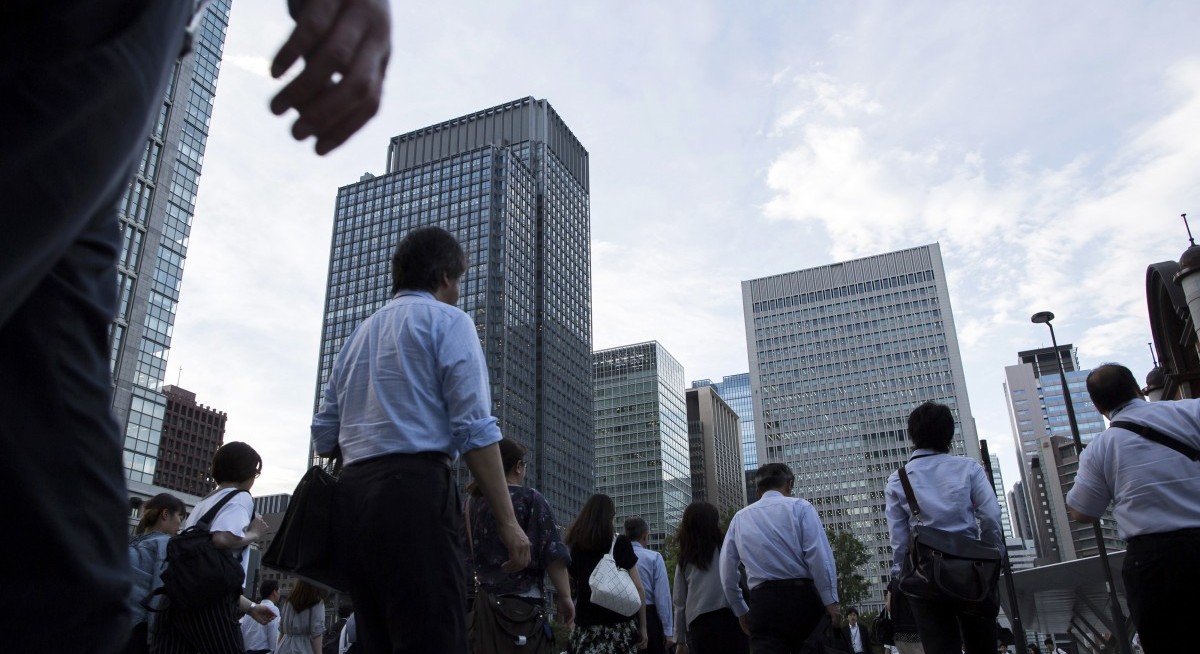(Oct 30): Asia’s stock rally is set to stall after US equities whipsawed as Federal Reserve (Fed) chair Jerome Powell cautioned another cut this year isn’t a foregone conclusion.
Equity futures for Australia and Japan slipped, while US contracts edged lower after the S&P 500 had erased its earlier gains. Sentiment was helped along after Meta Platforms Inc warned of a sharp rise in 2026 expenses and Microsoft Corp.’s Azure growth failed to impress investors.
After the Fed delivered a widely expected rate cut, Powell urged caution on predicting another move in 2025. His remarks about reassessing risks to the labor market has now led investors to scale back bets on further easing, pushing two-year Treasury yields up 11 basis points and lifting the dollar.
“Asian markets will certainly start on the back foot today” after anticipation of a Fed cut in December and more an 2026 had spurred global stocks to record highs in recent weeks, said Nick Twidale, the chief market analyst of AT Global Markets.
Officials delivered their second straight rate reduction to support a softening labor market, and said they would stop shrinking the portfolio of assets on Dec 1. Governor Stephen Miran dissented again in favour of a larger reduction. Kansas City Fed president Jeff Schmid said he preferred not to cut rates at all.
“At a time when it’s flying with only one eye open, the Fed decided that the softening in the labour market is a bigger concern than the stickiness of inflation,” said Jack McIntyre at Brandywine Global. “What makes less sense is the odd range of dissents. This divergence means less complacency in financial markets, more volatility, and more two-way flows.”
See also: BofA’s Hartnett sees gold, China stocks as best AI boom hedges
In Asia, investors will be navigating a swath of event risk on Thursday, including the Bank of Japan’s (BOJ) policy meeting and a possible meeting between Chinese President Xi Jinping and US counterpart Donald Trump.
Sentiment may lift as Trump and Xi are set to finalise a détente as they meet on Thursday in South Korea, putting the world’s biggest trade fight on hold — at least for now. China’s purchase of two US soybean cargoes — its first this season — hints at renewed trade flows under a broader pact that may roll back some recent tariffs and export curbs.
Meanwhile, the BOJ is broadly expected to hold its benchmark interest rate steady at 0.5% on Thursday at its first policy meeting since Sanae Takaichi, a monetary easing advocate, became the prime minister last week.
See also: Asian equities, US futures rally as tech results lift sentiment
With almost all economists in a Bloomberg survey forecasting a rate hike in December or January, BOJ watchers will be parsing the statements and governor Kazuo Ueda’s remarks for indications on when the move might come.
“Any hawkish signals could prompt markets to bring forward expectations for rate hikes,” Carol Kong and Samara Hammoud, strategists at Commonwealth Bank of Australia wrote in a note. “A hawkish BOJ is to also weigh on USD/JPY, with the market only pricing a modest chance of a 25 basis point hike before year end.”
Elsewhere in the region, Korean stocks will be in focus after the won gained 0.8% in overnight trading, the most since August, as Trump and South Korean President Lee Jae Myung finalised a trade deal after months of negotiation over implementation of a framework agreement. The deal will see Seoul make US$150 billion in shipbuilding investments, with an additional US$200 billion earmarked for an investment pledge, and the US cap tariffs on South Korean goods at 15%.
In commodities, oil increased, snapping a three-day losing streak, as investors assessed a large drop in US inventories and the impact of Western sanctions against leading Russian crude producers. Gold pared gains following Powell’s comments.
Uploaded by Isabelle Francis




